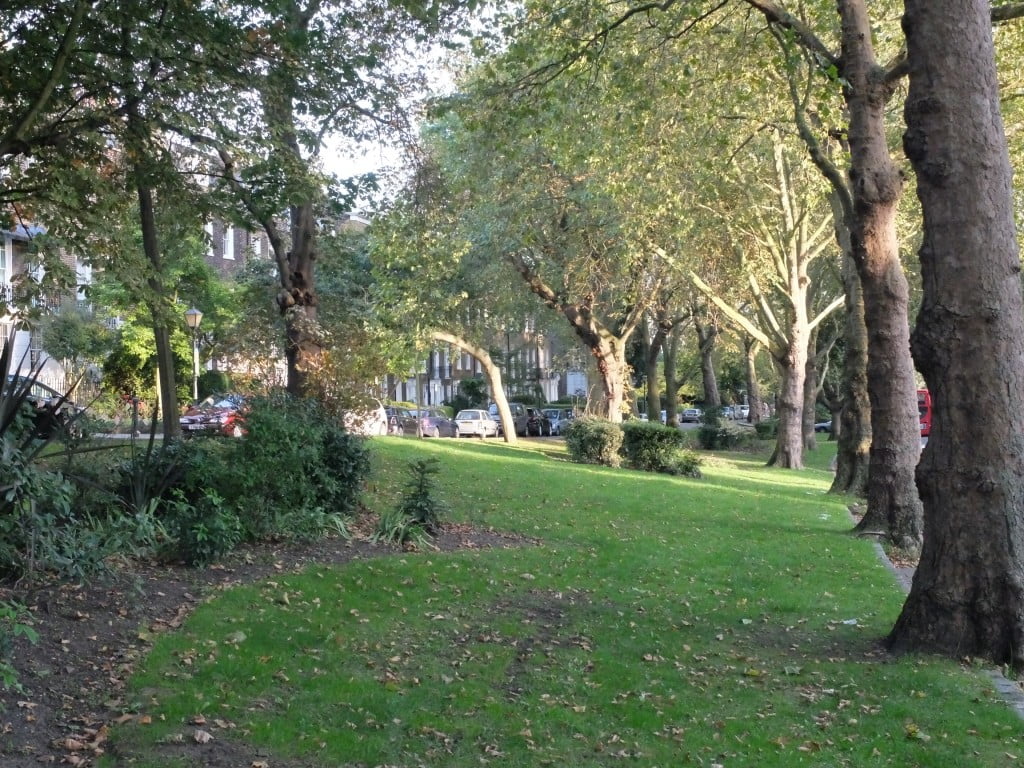Greening
Dartmouth Park NF Greening Group & Heath Hands Walkabout 09/04/21
Following a couple of useful online meetings with Karin and Colin of Heath Hands, we agreed to meet for a walk along the fringes of The Heath abutting the DPNF area and also to look at some of the existing green corridors within our area linking the Heath, Highgate Cemetery, Holly Village, Holly lodge Estate, … Read more
Trees & hedges
Contact: Eileen Willmott, info@dpnf.org.uk TREE REPORT FOR THE DPNF AGM 2021 Eileen Willmott May 2021 There are two parts to this report, first describing how the Dartmouth … Read more

